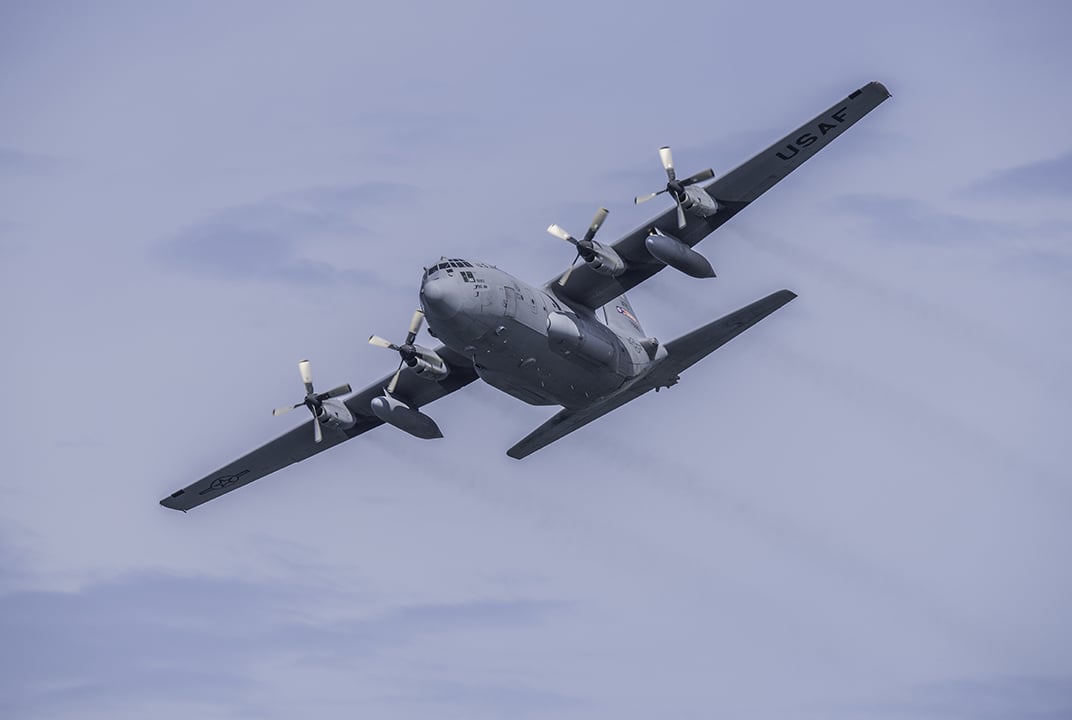Why Ka-band is critical for unmanned aircraft missions
In an op-ed for MilsatMagazine, Rebecca Cowen-Hirsch, Inmarsat’s Senior Vice President of Government Strategy and Policy, U.S. Government Business Unit, discusses the economic and operational advantages that Ka-band delivers to manned and unmanned airborne missions.
She outlines how government pilot programs such as the analysis of alternatives (AoA) can serve as a forward-looking means of innovation in acquisition to extend agility for the end-user.
Designed for the modern age of intelligence and highly mobile warfare, commercial wideband capabilities, such as SATCOM as a Service, with access to always-on network, anytime, anywhere, allow the Department of Defense to strategically leverage complementary commercial satellite communication systems. This will boost the effectiveness, flexibility and redundancy of military satellite communication systems for dynamic and global unmanned missions.
From enhanced security and reliability to the ability to interoperate with military satellite resources, Ka-band has emerged as the future of satellite communications for manned and unmanned airborne missions.
Read the full article at: www.milsatmagazine.com

